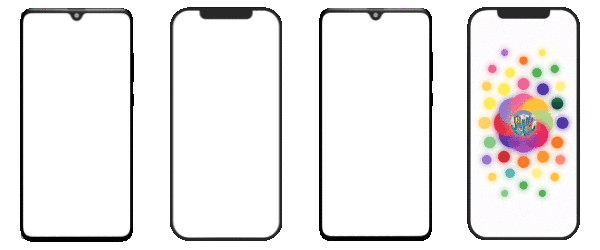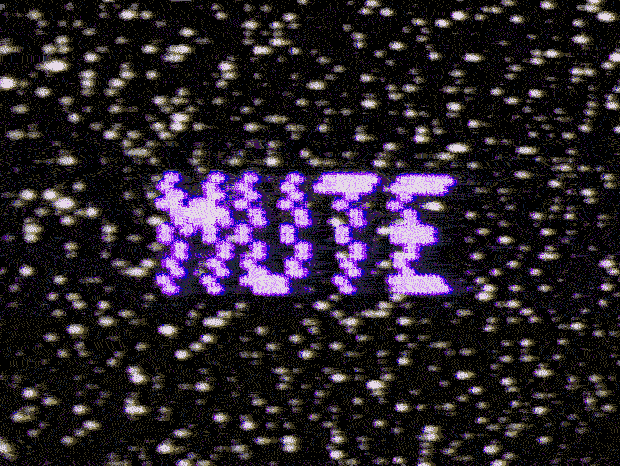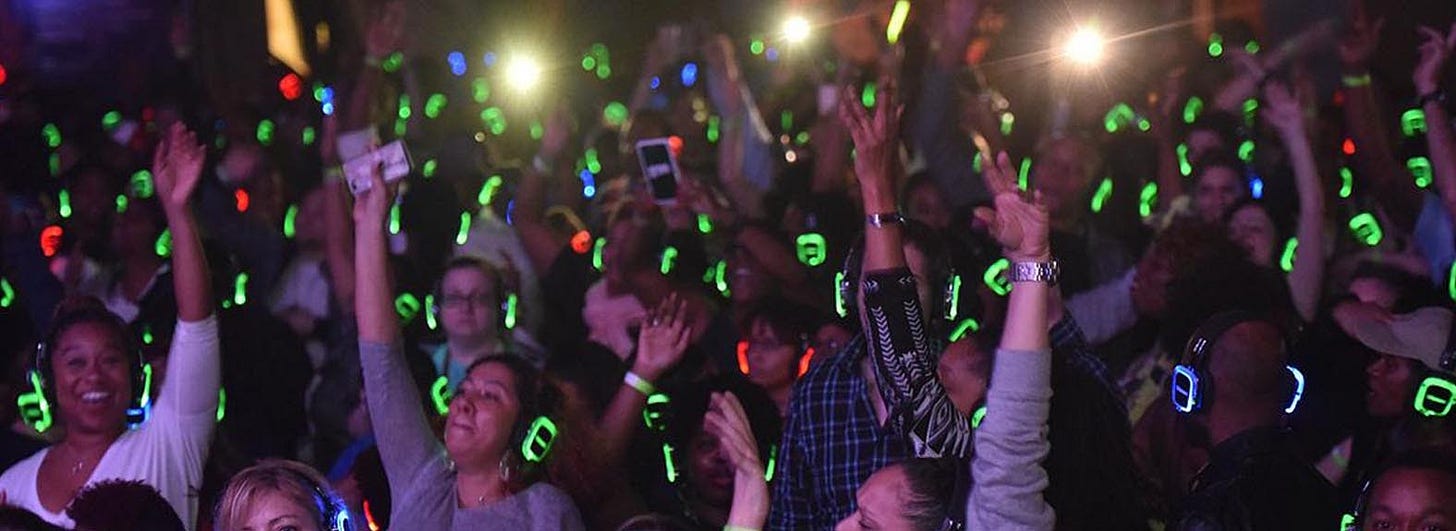Generation Mute: when silence becomes a trend
Booming podcast businesses, the growing popularity of social audio networks, ASMR, lo-fi, dreampop ... Faced with this abundance of sound, are we now close to an overdose?
Silence is golden
"Cold, silence and solitude are states that will trade tomorrow for more than gold", wrote Sylvain Tesson in The Forests of Siberia, published in 2011. Fiction or prophecy? The fact remains that the pandemic, and in particular the sound eclipse that took place during the lockdowns, made us rediscover the benefits of silence in a world where the noise of traffic, devices, screens, or media is constant. Stress, depression, heart problems, sleep disturbance... According to the World Health Organization, noise pollution from road traffic costs the population of Western Europe the equivalent of one million years of healthy life each year.
While the COVID-19 crisis has exacerbated considerations around mental health, silence now tends to be at the heart of wellness trends. On Google, queries related to the keywords "silent retreats" and its semantic variations accumulate nearly 20,000 searches per month worldwide. Movements such as "Silence Experience" — whose manifesto invites people to "reconnect with themselves through silence and in harmony with nature" — are attracting more and more followers. The same is true of forest bathing or Uitwaaien (pronounced OUT-vwy-ehn), a trend from Scandinavia that consists of practising sports in windy conditions to let the fresh air and the gusts of wind wash away one's worries.
How Gen Z is driving new usages
And yet, not all silences make the same noise. On Clubhouse, between two sessions of whale moans to externalize your anxieties, you can now take some meditation sessions... in silence. An ironic concept for the iconic platform of the audio movement! On TikTok, it’s the same story: the hashtag #SilentStudy, where young people record themselves studying, has already accumulated 134,000 views. Even more fascinating, this subreddit with 312,000 members named r/noisygifs highlights silent gifs that give the illusion of making a lot of noise. And that's not all: a study conducted by mobile analytics company Sensor Tower indicates that UK consumers installing ringtones have decreased by 20 per cent, from 4.6 million in 2016 to 3.7 million in 2020. A telling phenomenon as the report explains that new generations are choosing to keep their phones on silent mode while favouring instant messaging over phone conversations. These same young people are also swelling the ranks of "lurkers", a term for internet users who spy and feed on content without generating any form of engagement, no sound or image.
Several hypotheses explain these behaviours. Firstly, the Zs — born between 1997 and 2010 — tend to develop their own language made of "vibes". What are vibes? A new type of content that is similar to mood boards, curating moods and feelings. Important in the construction of the online identity, these vibes are expressed through the embodiment of aesthetic trends such as Dreamcore, Cottagecore, or Traumacore. Expressionism 3.0 in short, for a generation more marked by loneliness and depression than its predecessors.
These trends have even inspired new products such as Heallo, a social app where text and sounds are replaced by halos of light as fragments of emotions to be shared with loved ones as small gestures.

Something else worth noting is that one of the great characteristics of this generation is its ability to multitask. So many multitasking scenarios in which silence has a major role to play. For example, a young person will watch a video on Facebook on mute (editor’s note: more than 85 per cent of video viewers on this social network watch them without sound) while listening to music on their Airpods. Do we have to read between the lines to see the rise of new services, products and content with (in)sound background, to be browsed diagonally?
Launched in late 2021, Locket seems to check all the boxes of this emerging trend. In essence, it's a free app where you take and share live photos with up to five friends. Without sound or text, it has the particularity of appearing directly in the widget located on the home screen of the phone: the photos thus appear in the background, without sound solicitation or untimely notification.
Strategizing silence
As you understand, the challenge is not to remain in complete silence, but, on the contrary, to scenarize it, like a good speaker who uses pauses to keep their audience in suspense. Composer Claude Debussy rightly said that "music is the silence between the notes". Without it, there would be no rhythm, no phrasing, no breathing and, ultimately, no emotions.
It is therefore a real challenge to build strategies to sublimate these silences while thinking about their meaning in the user journey. Instagram, for example, is currently beta testing a feature that allows users to send silent direct messages, without notification. A strong symbol? A way to prioritize in an age where we expect to get an answer to everything right away? A way to lighten the mental load, to free ourselves from the tyranny of the DM? Perhaps a little of all of these at the same time.
Strategizing for silence can also be about reducing and/or compensating for one's sonic footprint. Two examples come to mind to illustrate this point. First, the popularity of "Silent Discos", concerts where the music is listened to only on headphones or earphones— the spirit of the party, without the noise pollution.
Another telling example is the Sound Chapel in Beijing. Intended to house concerts, the space relies on a strong multi-sensoriality with its design inspired by caves and shells evoking the concept of hyperphysicality that I already talked about a few weeks ago. This building is also intended to be used as a space of tranquillity, rest and meditation between concerts.
What are the key takeaways? Boosted by the wellness trend and by a young generation very comfortable with multitasking, silence, which has become a rare resource in our daily lives, is regaining its power. And as haptic technologies gain in maturity (editor's note: the market is expected to grow from 2.6 billion dollars in 2021 to 4.6 billion in 2026), new sensory experiences, less acoustic and more tactile, should progressively take a foothold in our usages. In short, silence has not said its last word.
Marie
NB: WTF… according to an Oxford professor, noise-cancelling headphones improve the taste of food served on planes! Now you know what to do on your next flight ;)






